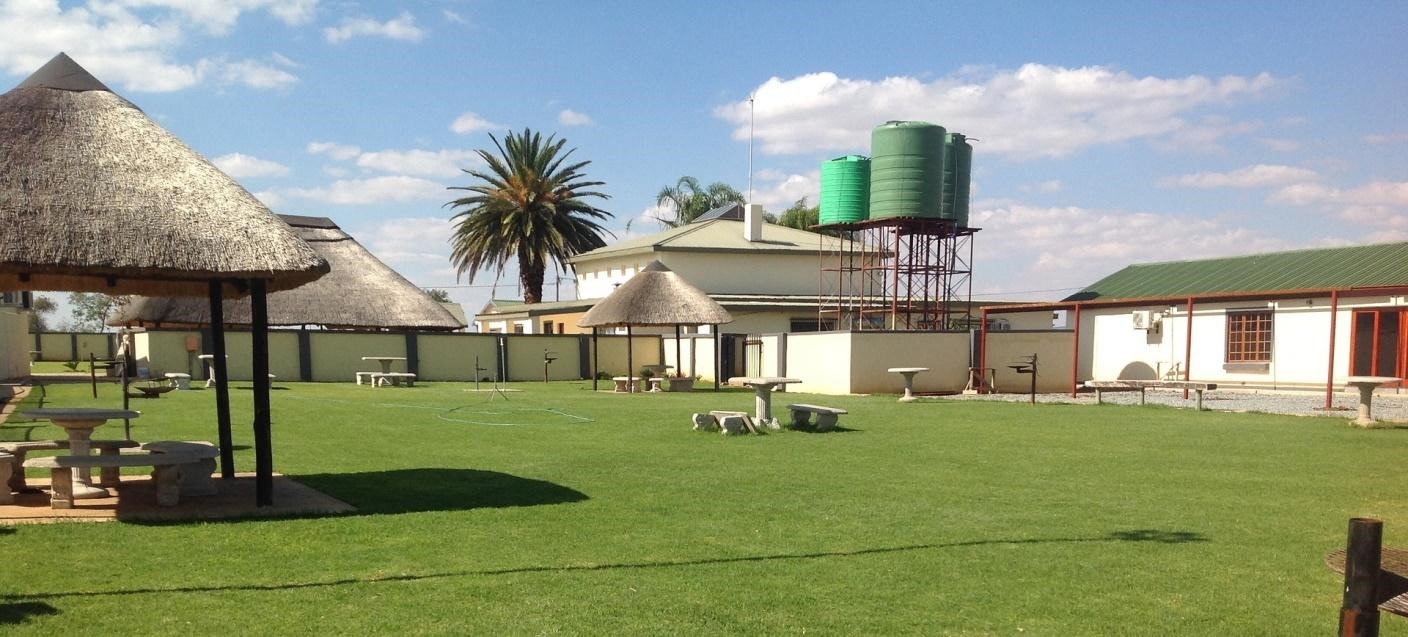Once you decide to install a rainwater tank, one of the essential steps is to determine the ideal size. These sizes come in sizes starting from as small as 500 liters to as big as 50,000 liters. This means you get a lot of leeway when choosing a possible size.
Before you choose the size, let us look at the various benefits that rainwater tanks direct in NSW gives you as a homeowner. For one, you can save a lot in terms of money compared to depending exclusively on local water sources for your water supply needs. With rainwater tanks, you expect to safe at least 40 percent in water bills each month.
Closely related to saving money on water bills, one of the top benefits you enjoy is convenience. You become less dependent on the mains water supply that is unreliable at times. Should anything happen to the mains water supply, you have an option, especially during the dry spells.

One of the desires of any homeowner is to increase the value of their homes. Do you know that you can increase the property value by hundreds of dollars if you install a rainwater tank? This is because installing the tank is an asset to the home, and the buyer knows that he can enjoy unlimited water supply during dry spells. The tank also improves functionality of the home, making it more appealing to the buyer.
Are you an environmentally conscious person? If so, you will do Mother Nature a huge favor by recycling rainwater that comes by. So, how can you get the right tank size for your needs?
Usage Begets Size
You can use the water you collect in the tank for a myriad of uses such as watering plants, fields or gardens. The best place to start when calculating the tank size is to evaluate your water needs. If you are planning to use the water to water plants, then you need to calculate how much water you need. The requirement is only to water plants up to the roots.
Rainwater tanks are ideal for agricultural usage and helps save more money on water supply operations. When you use the tanks for agriculture, you can use the pumps as sources of irrigation water for your crops or garden. This comes in handy during dry spells or dry seasons. For this case, the bigger the tank the better. You can use a single large tank or several small tanks hooked together depending on the availability and layout of the space.
If you want to use the tank as part of a portable water system, you need to consider usage as well. If you need the portable system to supply drinking water, animal baths, showers and more, then a 500 liter tank can be adequate. If you will use the water in the home for washing as well as cooking, a 1000 liter tank might suffice.
Available Space
Another consideration you need to put into mind when looking for the right size is the available space. It won’t make sense for you to install an extra-large rainwater tank in a small space. On the other hand, you wouldn’t want to install a tank that is way smaller to handle the needs of your property.
The tank should accommodate the different space limitations you have. For instance, if you plan to install the tank in your lawn, you need to choose a tank that will fit the space between your pavements.
Amount of Rainfall
The amount of rainfall you expect during the season determines the tank size you choose. Why buy a tank that holds an amount of water which is far more than the amount of rainfall you expect in the geographical area. This will be a waste.
For areas that experience less rain, you might not be able to collect as much money as you expect, because there won’t be much in the first place. Therefore, a smaller tank in the range of between 500 liters and 1000 liters would be sufficient.
Final Thoughts
It takes more than just installing a tank in your home to harvest rainwater, you need the right size for your home. Take time to understand your requirements and match them to the right tank.
